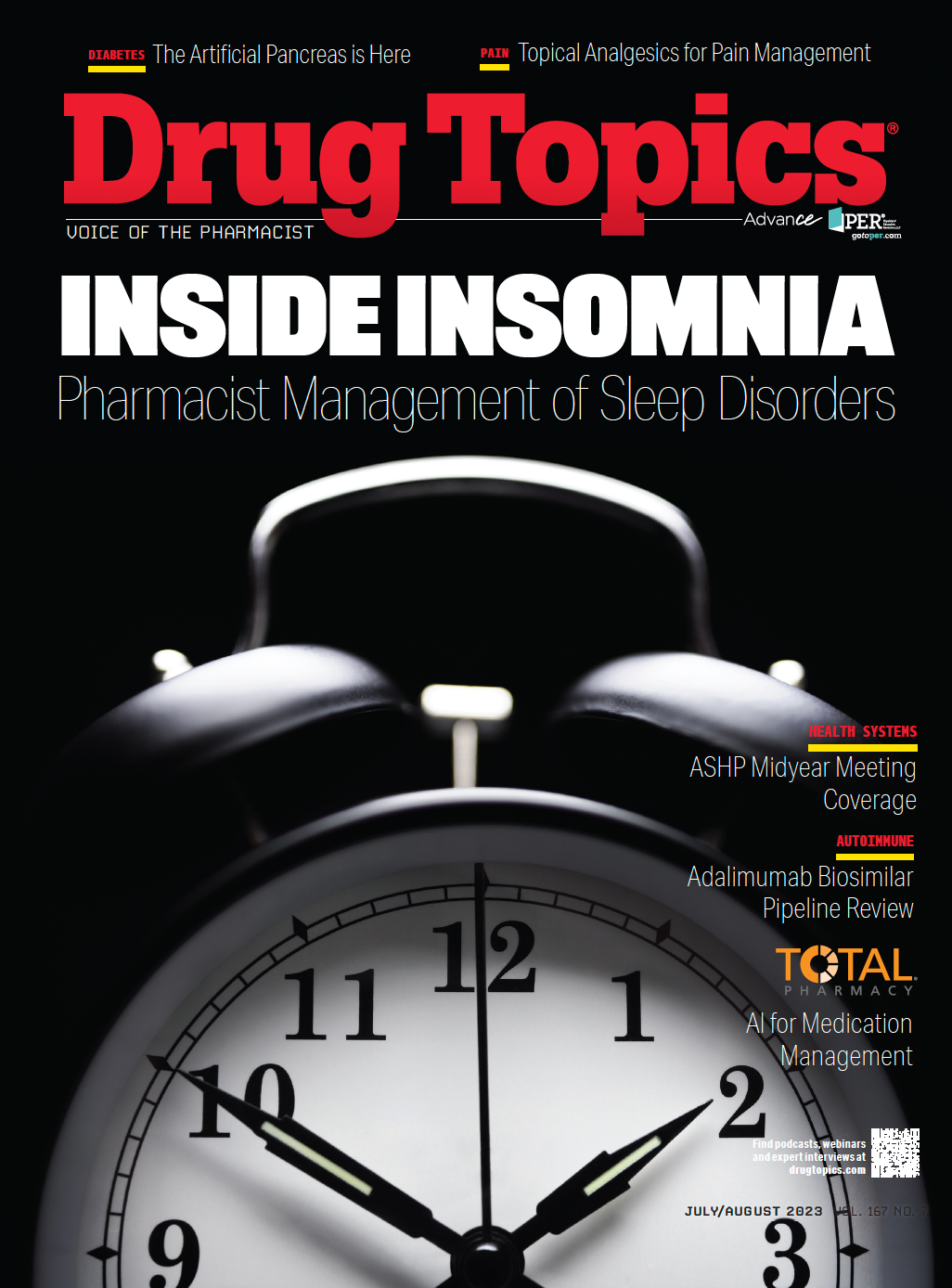Here’s a Tip: More Money Is the Solution
In many industries, tipping is the norm. Pharmacists would just like to receive payment for services rendered.
I was joking with my boss’ mother, who does the payroll at the pharmacy where I work. I asked her if we could put up a tip jar next to the cash register, but she knew that I was just kidding. She said there is a tip jar at the store where she picks up doughnuts; all the cashier does is hand her the doughnuts. Hardly worth a tip—he is simply doing his job. The tip jar sits there waiting for the customer to add a dollar, or at least some pocket change.
The current trend in the restaurant industry is when you pick up your to-go order and you use your credit card— before you sign, another screen pops up and asks if you want to tip 10%, 15%, 20%, or 25%, or no tip. The overpriced restaurant food is not enough to compensate the staff, so they ask us to help with their compensation package.
The president of the Pennsylvania State Education Association said the state should fund minimum salaries for teachers at $60,000 a year and should pay college students in teacher-preparation programs while they complete 12 weeks of required student teaching.1 Meanwhile, the student pharmacists we precept for spend $15,000 to $18,000 a semester to work for free; they pay their respective schools an average of $200 per day to work for no compensation.
In all my years of pharmacy practice, I’ve called insurance companies, found coupons online, and spent upwards of 15 to 20 minutes teaching a diabetic how to use a blood glucose monitor. Countless times I have opened the pharmacy after-hours to fill an amoxicillin prescription for a child with a bilateral ear infection. The average tip at a restaurant in America is 15% to 20%, plus $1 per drink at the bar. Only one time in my 42 years of pharmacy practice did anyone ever offer me a tip for my outstanding efforts. Could you imagine the uproar we would have at the drugstore if we started recommending such a thing? “Here is your denosumab prescription. It has a $350 co-pay; would you like to tip your pharmacist between $52.50 and $70?” Let’s face it, our cashiers would be thrilled with the $1 each that the bartender gets!
I don’t know if, by the end of my career, I will see us pharmacists get paid for our cognitive services. There are some programs that are making headway, but the technology is still primitive. Many pharmacists pass on these opportunities, as there is not enough time to perform dispensing duties along with any other tasks assigned.
I am in full support of provider status for pharmacists, but before any duties are heaped on the already busy pharmacist, appropriate compensation needs to be addressed. We all came through the COVID-19 immunization effort; how much of the $40 administration fee trickled down to the pharmacist and technicians? Many pharmacists took their license off the nail in the pharmacy wall, never to return.
We don’t need tip jars in our pharmacies. We don’t need cash registers that prompt our patients to add a 20% tip. What we need is for pharmacy schools to substantially decrease the clinical-year tuition for these students already swimming in debt. We also need the pharmacy chains to share the wealth before they assign any more tasks to the already overburdened pharmacy staff.
Peter Kreckel, RPh, practices in Lemont Furnace, Pennsylvania.
Reference
1. DeMuth B. Education groups address efforts to combat teacher shortage, what still needs to be done. GoErie. April 27, 2023. Accessed July 6, 2023. https://www.goerie.com/story/news/education/2023/04/27/erie-pa-teacher-shortage-challenges-solutions-pennsylvania-education-association/70127152007/
